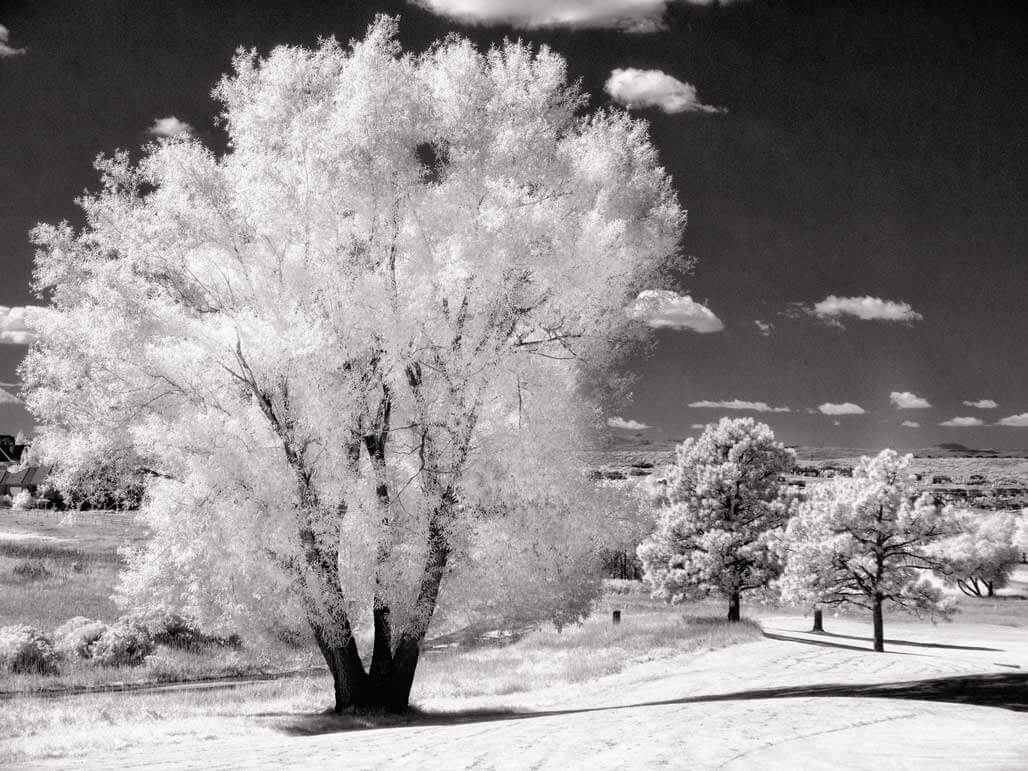Why You Should Use a Tripod
Today’s Post by Joe Farace
 In these days of optically stabilized lenses as well in-body image stabilization, you might wonder if you even need a tripod? I think so and let me give you a few reasons:
In these days of optically stabilized lenses as well in-body image stabilization, you might wonder if you even need a tripod? I think so and let me give you a few reasons:
Portraiture: A tripod can be a three-legged assistant to hold your camera while you walk up to your subject to touch up a pose. Some portrait photographers prefer to have a camera on a tripod so the subject can look at them instead of seeing a face blocked by a camera.
Increase depth-of-field: When you want to work at smaller apertures, for landscape and macro shots, you’ll need a tripod to hold the camera stead for those l-o-n-g shutter speeds.
Maintaining Precise registration: This is important for “before and after shots,” construction progress photographs, and panoramic images.
Photography with Filters: Infrared photography often requires seemingly opaque filters with filter factors approaching infinity that produce slow shutter speeds that even the best OIS or IBIS technologies can’t handle. Even the best image stabilization lens or camera body won’t work at these kind of extended shutter speeds require by infrared filters. You’ll need a good tripod.

Tripods come in many sizes from tiny tabletop models to heavy-duty camera stands for studio use. Because of the availability of so many types, sizes, construction materials, styles, and even colors, there’s never a one-size-fits-all solution, and like eating potato chips you can’t have just one. That’s why most of us end up with a collection of camera supports with different tripods used for different kind of tasks.
 My book, “The Complete Guide to Digital Infrared Photography,” is currently out-of-print but used copies are available from Amazon at most affordable prices. Creative Digital Monochrome Effects is still in print and has a chapter on IR photographer. It’s available from your friendly neighborhood camera store or Amazon.
My book, “The Complete Guide to Digital Infrared Photography,” is currently out-of-print but used copies are available from Amazon at most affordable prices. Creative Digital Monochrome Effects is still in print and has a chapter on IR photographer. It’s available from your friendly neighborhood camera store or Amazon.
If you prefer to use a converted camera instead on on-camera filters and want to save a few bucks when converting your camera to infrared when ordering a conversion from LifePixel , use the coupon code “farace.”



